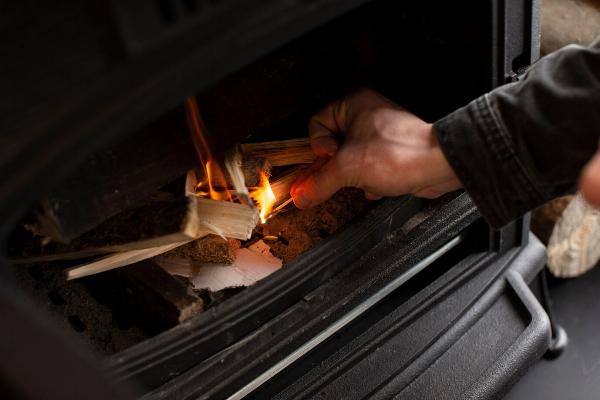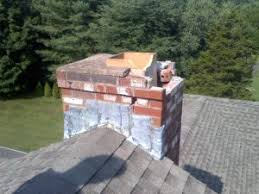Understanding Fireplace Dampers: Signs it's Time for Replacement

Strong 8k brings an ultra-HD IPTV experience to your living room and your pocket.
Fireplace dampers may not be the first thing you think about when cozying up to a warm fire, but they play a crucial role in keeping your fireplace working efficiently. Over time, these dampers can wear out, leading to issues that may require replacement. Let's delve into what fireplace damper replacement are, why they are important, and how you can tell when it's time for a replacement.
What is a Fireplace Damper?
A fireplace damper is a mechanism located within the chimney or flue that controls the airflow. It acts like a valve, allowing smoke and gases to escape while keeping cold air and animals out when the fireplace is not in use. Dampers are typically made of metal, such as steel or cast iron, to withstand high temperatures and weather conditions.
Why are Fireplace Dampers Important?
Imagine trying to light a fire in your fireplace without proper ventilation. That's where the damper comes in. It ensures that smoke and gases exit through the chimney, preventing them from entering your home. Additionally, a functioning damper helps maintain the efficiency of your fireplace by controlling the amount of air flowing into the firebox, which affects how well the fire burns.
Signs it's Time for Fireplace Damper Replacement:
1. Rust or Corrosion: Over time, dampers can rust or corrode, especially if they are exposed to moisture. Rusty dampers may not open or close properly, leading to drafts and inefficient burning.
2. Difficulty Opening or Closing: If you find it increasingly hard to open or close your damper, it could be a sign of mechanical issues or warping due to heat exposure. A damper that doesn't fully close can allow cold air to enter your home when the fireplace is not in use.
3. Visible Damage: Inspect your damper regularly for any visible signs of damage, such as cracks, chips, or warping. These can compromise its effectiveness and may indicate the need for replacement.
4. Drafts or Cold Air: Notice drafts or cold air coming from your fireplace even when it's not in use. This could mean your damper isn't sealing properly, allowing outside air to enter your home.
5. Increased Energy Bills: A malfunctioning damper can affect the overall efficiency of your fireplace. If you notice higher heating bills or difficulty maintaining a consistent temperature in your home, your damper might be to blame.
6. Animal or Debris Entry: If you hear animals in your chimney or find debris in your fireplace, your damper may not be closing fully. This not only poses a safety hazard but also indicates the need for damper inspection and potential replacement.
Choosing the Right Damper:
When replacing your damper, you have options to consider:
● Traditional Throat Dampers: These are located just above the firebox and operate manually with a handle. They are cost-effective but may require more maintenance.
● Top-Sealing Dampers: Installed at the top of the chimney, these dampers seal tightly to prevent drafts and improve energy efficiency. They are operated by a cable system and can be more durable and effective in sealing out weather and animals.
Chimney Restoration and Damper Replacement:
When considering damper replacement, it's often part of a broader chimney restoration project. Chimneys can deteriorate over time due to weather exposure and the effects of combustion. A professional chimney inspection can identify issues like cracked flue tiles, crumbling mortar, or structural weaknesses that may impact the performance of your fireplace and damper.
Outcome:
Your fireplace damper plays a major role in the efficiency and safety of your fireplace. Regular inspection and maintenance can help you catch issues early and avoid costly repairs. If you notice any signs of damper wear or malfunction, don't hesitate to consult a professional chimney technician for an inspection and, if necessary, replacement. By keeping your damper in good condition, you ensure that your fireplace remains a cozy and efficient source of warmth for years to come.
Note: IndiBlogHub features both user-submitted and editorial content. We do not verify third-party contributions. Read our Disclaimer and Privacy Policyfor details.



